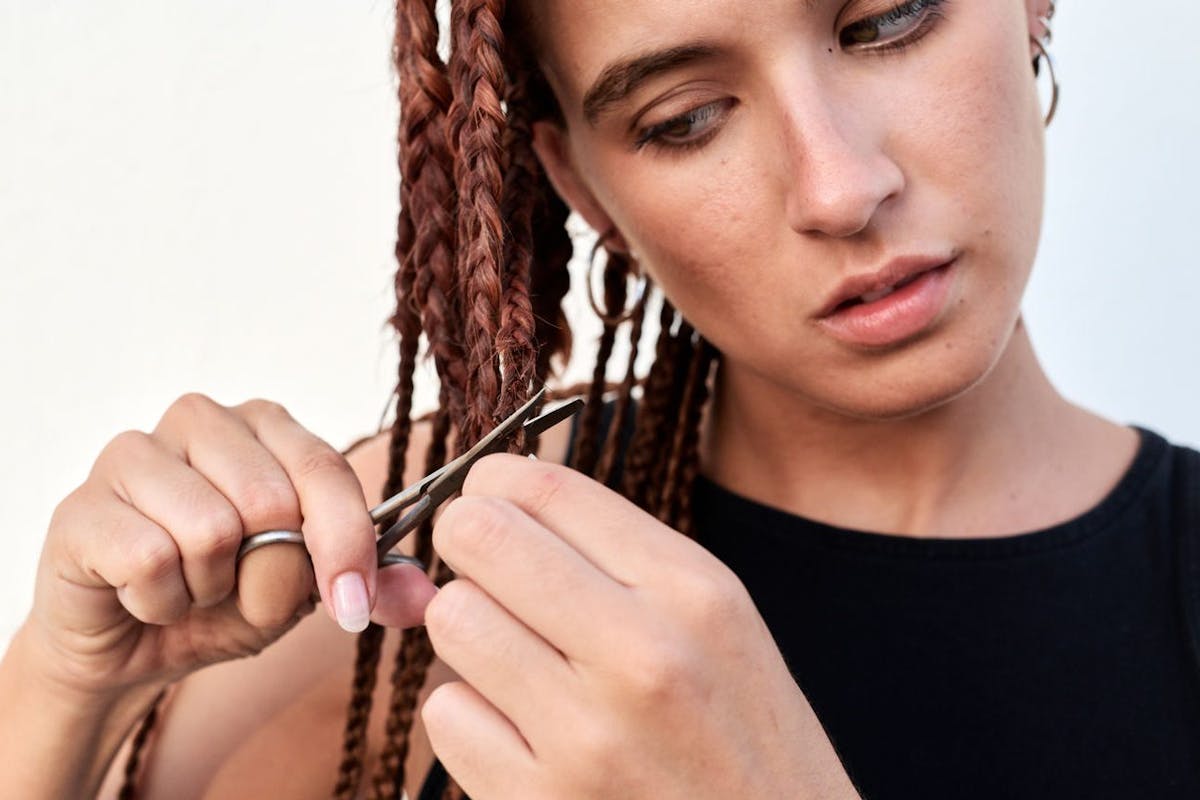When your ends are dry, split, or difficult to style, it is time to cut your hair.
But life gets busy, and it can seem impossible to find time to go into a salon for a trim. These are the times when it would be really nice to be able to cut your own hair at home. And while trimming your own hair always carries a bit of a risk, with a little confidence and the instructions below, you can cut your hair at home without an emergency salon visit afterward.


